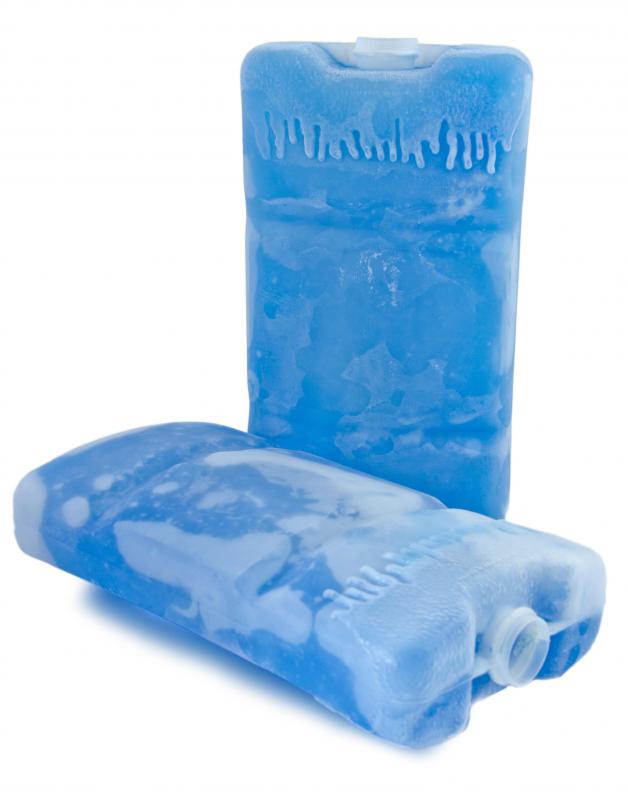At TheHealthBoard, we're committed to delivering accurate, trustworthy information. Our expert-authored content is rigorously fact-checked and sourced from credible authorities. Discover how we uphold the highest standards in providing you with reliable knowledge.
What are the Different Types of Tendon Repair Surgery?
Tendons are thick, fibrous bands of tissue that connect muscle to bone and assist with range of motion. Some tendons have sheaths while others do not. Tendons without sheaths are prone to tendinitis, an inflammation of the tendon itself. Tendons with sheaths are prone to tenosynovitis, an inflammation of the tendon sheath due to inadequate supply or poor quality synovial fluid, which lubricates the sheath. When tendinitis and tenoysynovitis fail to respond to non-surgical treatment, there are generally two different types of surgical interventions that may be considered: tendon debridement and tendon repair surgery.
Tendinitis, and to a lesser extent tenosynovitis, can result in a thickening and scarring of the tendon and surrounding tissues. When this occurs, the condition prevents the tendon from moving freely, resulting in pain, swelling, and a reduced range of motion. Tendon debridement is a surgical procedure that involves removing the thickened tissue around the affected tendon that is causing pain and restricting proper tendon function. The goal of tendon debridement is to reduce symptoms without surgically altering the actual tendon.

In more severe cases of tendinitis, tendon rupture may result. In such instances, treatment generally requires tendon repair surgery. This type of surgery can be used to treat any tendon but is most often used to treat lateral epicondylitis, also known as tennis elbow, iliotibial, or hip, tendinitis, and peroneal, or ankle, tendinitis. During a tendon repair procedure, the surgeon performs a tenectomy, i.e., cutting or disconnecting the tendon to remove the torn or shredded part of the tendon that is causing symptoms — before suturing the healthy ends of the tendon back together. In some cases, the damage is so severe that a portion of a healthy tendon from elsewhere in the body may need to be grafted to the affected tendon during tendon repair surgery.

Depending on the extent of the tendon disease and its location, tendon debridement and tendon repair surgery may be performed on an outpatient basis using local anesthetic. More extensive surgeries are done on an inpatient basis under general anesthesia. Risks of tendon debridement and tendon repair surgery include infection, bleeding, scar tissue formation, and reduced range of motion in the related joint. Recovery from tendon debridement or tendon repair surgery can take anywhere from six to 12 weeks and typically involves rest, casting or splinting, and a period of physical therapy to restore range of motion and muscle strength.
AS FEATURED ON:
AS FEATURED ON:

















Discussion Comments
@MissMuffet - I can totally understand your reluctance to have surgery, but sadly this is the only option left when regular treatments have failed. (I am guessing you have tried other things already.)
It is so much better to catch things before they progress too far. I have tendinitis in my foot, which is currently being treated with special shoe inserts. I already had a cast and medications, so fingers crossed this is enough.
If I do have to have surgery I'll accept it, but in the meantime I'm doing everything possible to recover without it. It's pretty difficult to rest enough when you are an active person.
I've suffered with a quadricep tendon problem for a couple of years, though it's only just been properly diagnosed.
The doctor proposed some kind of knee surgery, which freaks me out as I can't take that amount of time off work to rest up afterwards.
Reading through this article has helped me to understand more about the subject. I feel more confident about discussing surgical options now I have some basic knowledge.
Post your comments